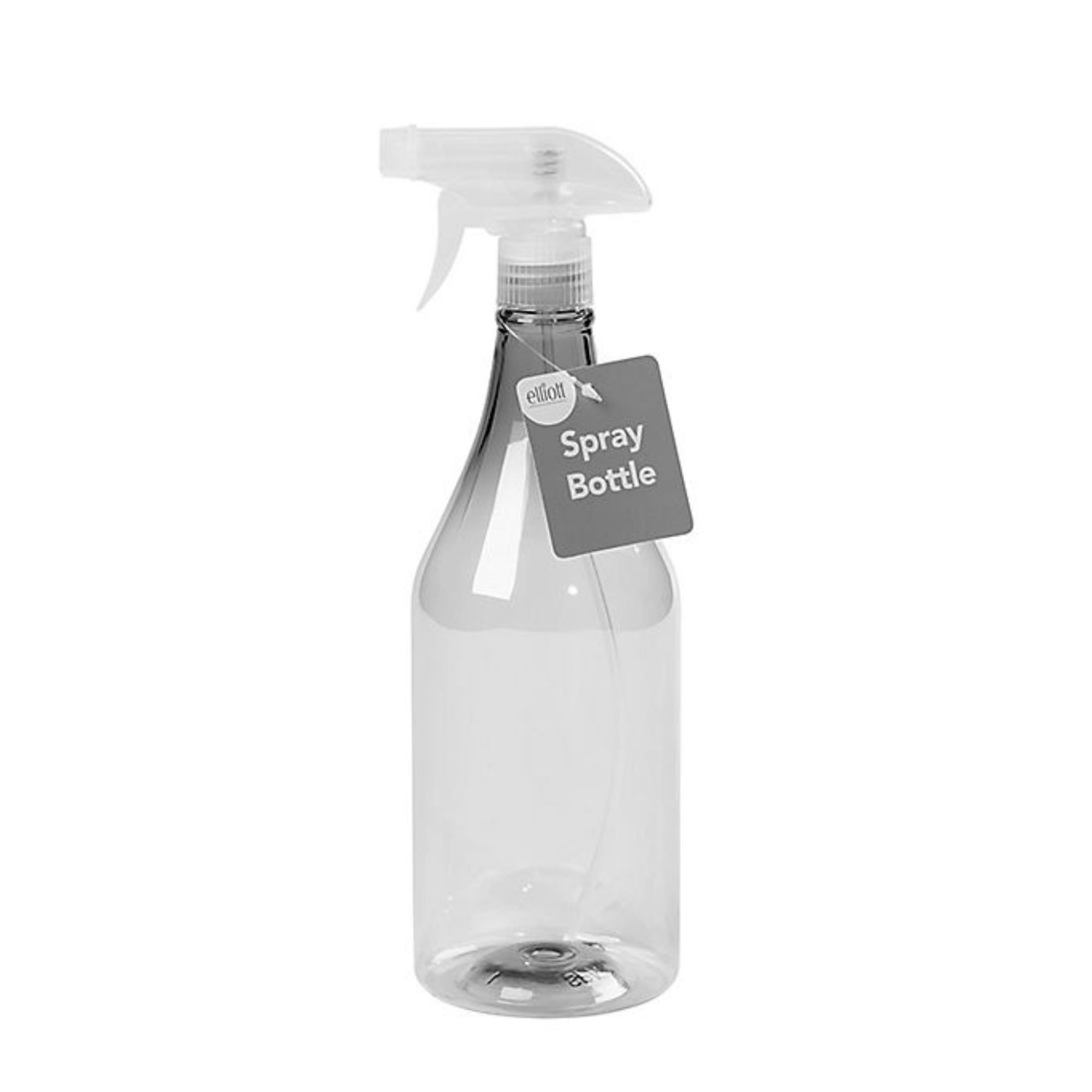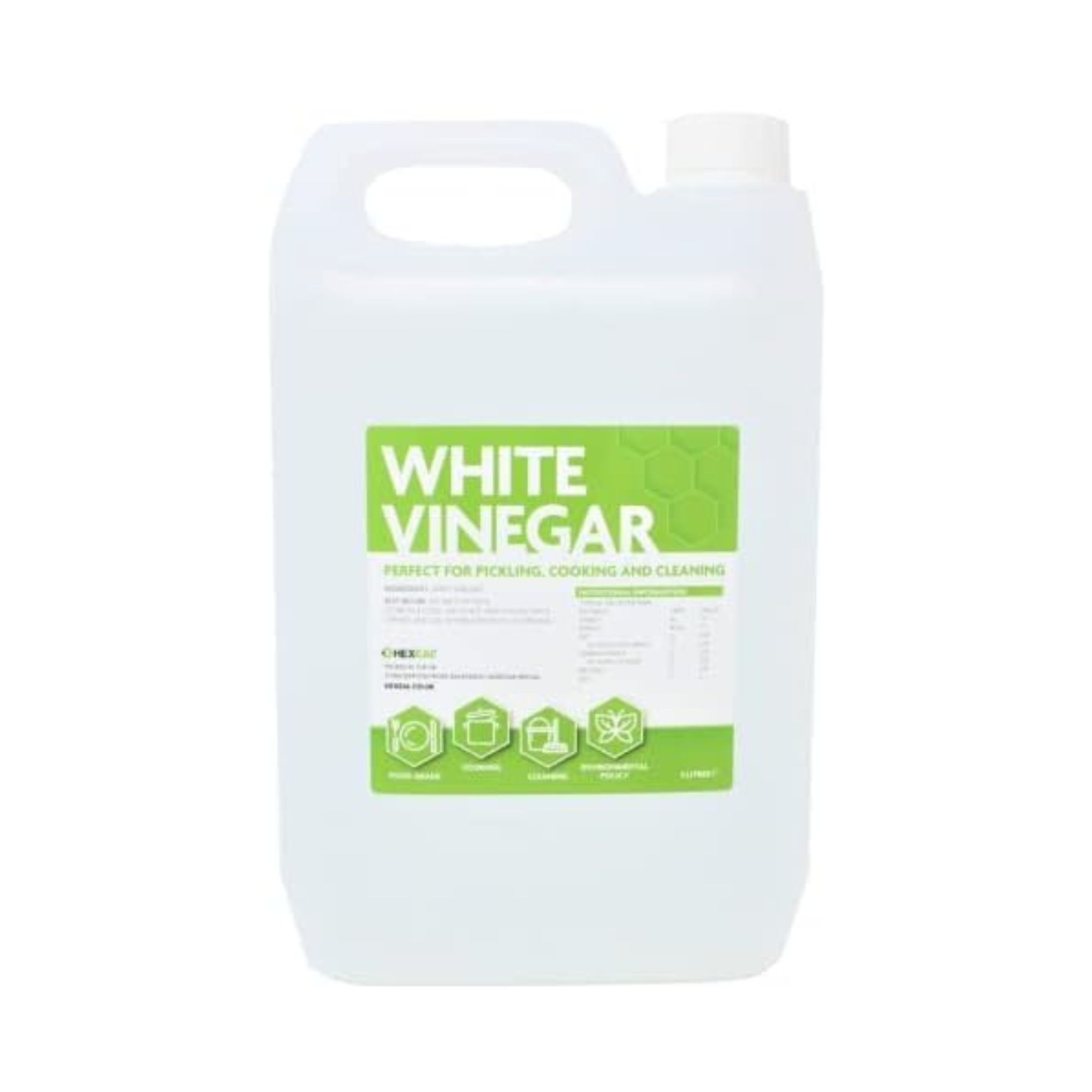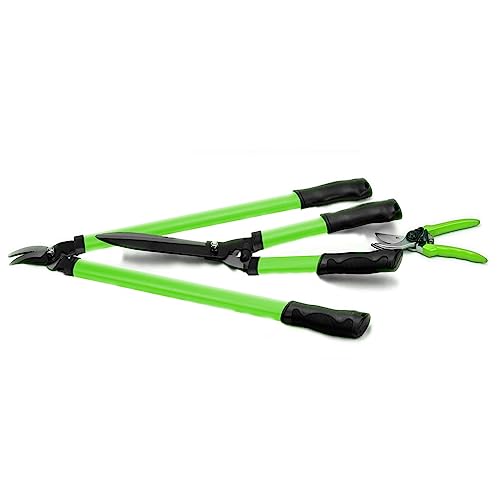How to kill ivy on a fence and keep this fast-growing species at bay for good
Restore your fence to its former glory
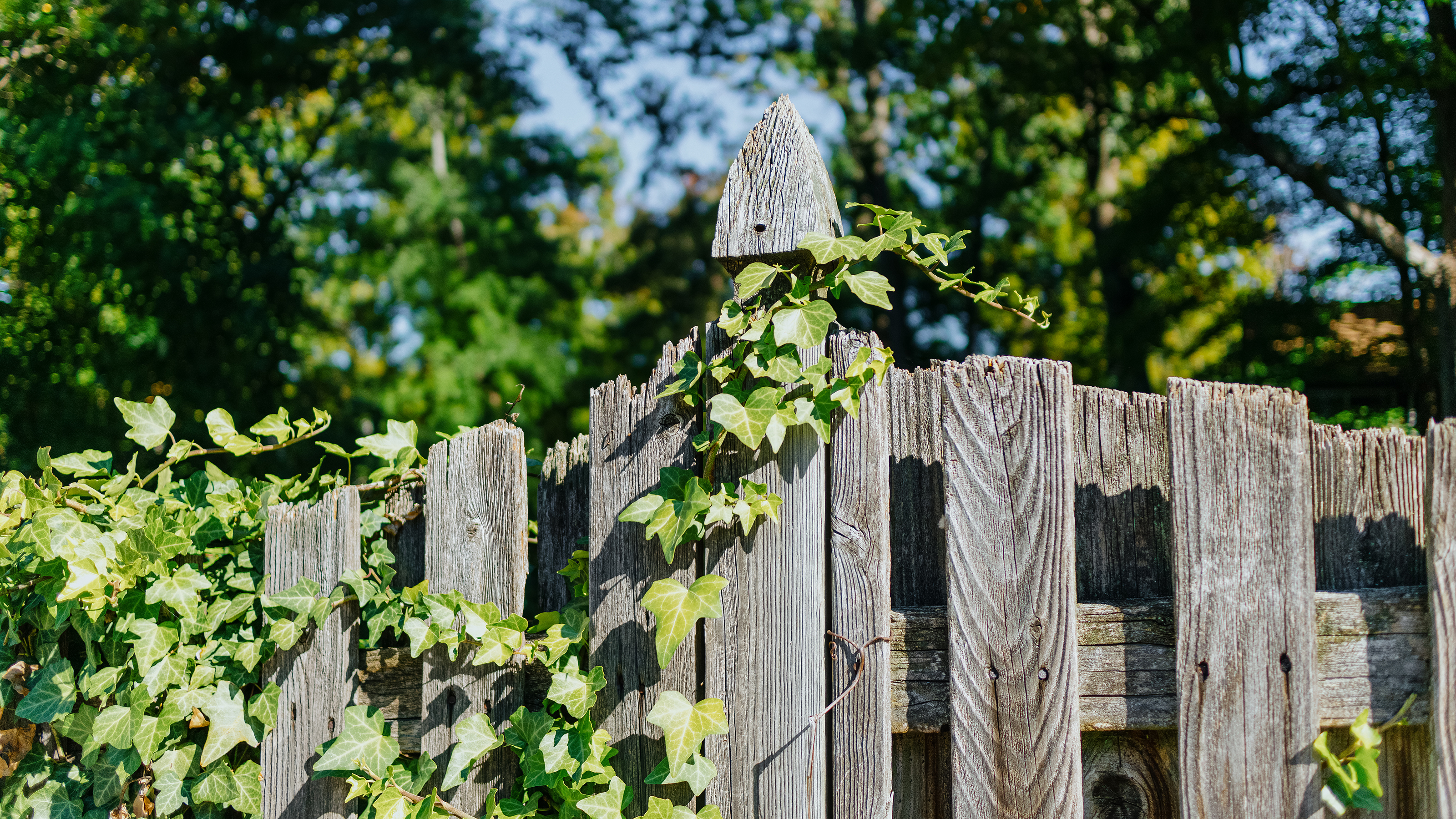

Ivy is a grade-1 clinger, as the youngsters would say. In more professional terms, this means that ivy is a self-clinging plant that doesn’t require any other support or training to grow. And as this growth can quickly spiral out of control, you might be wondering how to kill ivy on a fence.
Yes, whether your big and bold fence idea has been overtaken by a poor planting decision or you tried (and failed) to hide your ugly fence, you’ll know just how independent ivy can be. And while there are ways to incorporate ivy into your garden safely, experts would advise removing ivy from your fence as soon as possible to avoid expensive structural damage.
Removing ivy from a fence isn’t as easy as it sounds, however. Although you can try to simply pry the tendrils from the wood, there’s no guarantee that it won’t come back. That’s why you need to go in for the kill instead…
How to kill ivy on a fence
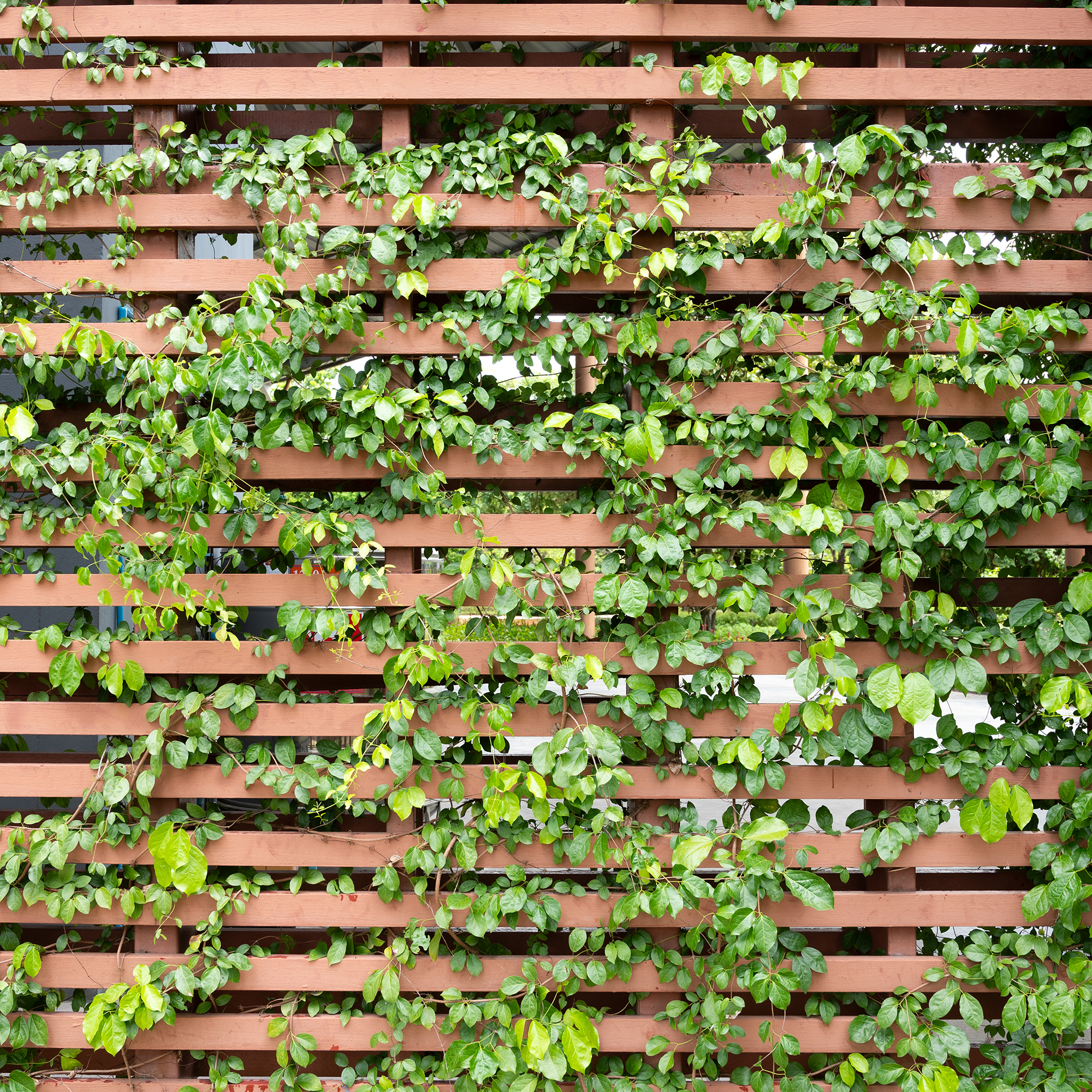
‘From moths to bats, birds, bees and butterflies, Ivy is useful not just for wildlife but also as privacy screening. However, it can get big quite fast,’ explains Morris Hankinson, director of Hopes Grove Nurseries. And if it’s growing big and fast all over your fence, you have a problem. So, this is what you can do about it.

Morris Hankinson is the founder and managing director of Hopes Grove Nurseries Ltd, the UK’s only specialist grower-retailer of hedging plants. He established the thriving business in 1992, shortly after graduating with a Commercial Horticulture Degree from Writtle College, Essex.
What you'll need
Step-by-step
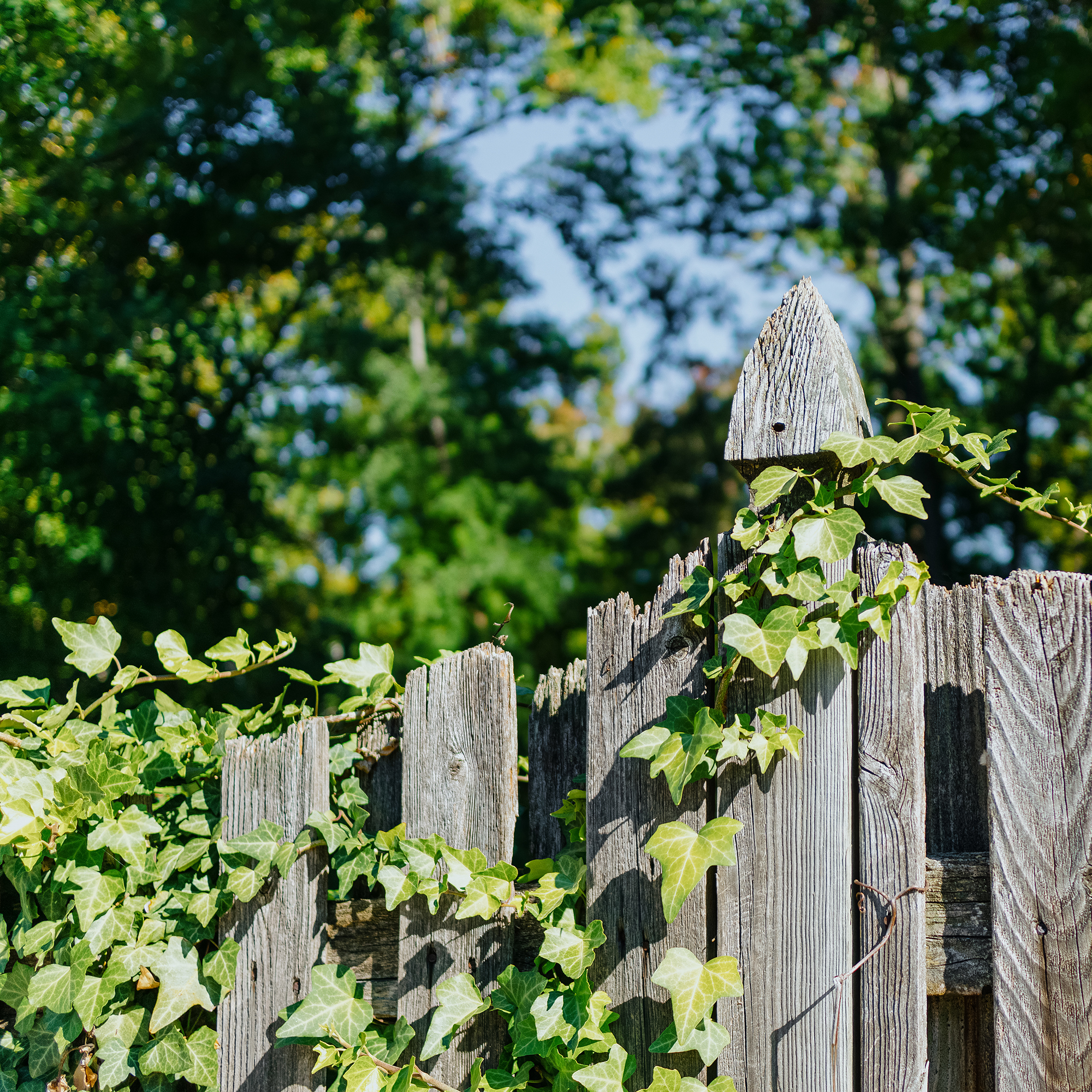
1. Choose the natural option
Although you can kill ivy using bleach or chemical weed killers, these are both toxic garden products that can cause harm to wildlife. Also, it’s unnecessary, as there are many ways to kill ivy on a fence naturally.
‘One of the most well-known ways to naturally remove ivy is by using white vinegar,' advises John Clifford, garden expert at Gardenstone. 'This will kill the ivy in a couple of days and is pretty simple in terms of how to create the mixture.’
In fact, vinegar is our preference, too, and all you need to do is pour a 4:1 mixture of water and white vinegar into a spray bottle.
Sign up to our newsletter for style inspiration, real homes, project and garden advice and shopping know-how
If you don't have any vinegar lying around, though, other natural methods include:
- Boiling water.
- Salt and water.
- Lemon juice and water.
- Washing up liquid and water.
However, it won’t matter which natural ivy killer you opt for if you don’t apply it correctly. That’s why the next steps are crucial.

John Clifford is a director of Gardenstone, a leading garden landscaping retailer based in the UK. With over 30 years in the gardening industry and continual work alongside The National Trust, John has amassed an extensive range of gardening and planting knowledge. Alongside his younger son, John has built a strong reputation for Gardenstone as a trusted source for both high-quality garden products and expert gardening advice.
2. Spray the ivy and wait
When you’ve chosen your natural ivy killer, you need to spray this concoction over as much of the ivy as you can. And while you won’t need to touch the ivy during this step, it’s still a good idea to wear gloves to avoid irritation - like these Bamboo Grips Lilac Gardening Gloves from Dunelm, for example.
Of course, you must also be wary of where you’re spraying. Although white vinegar will kill ivy, it will also kill the other plants nearby. So, be precise with your sprays and steer clear of any other vegetation in your garden.
When you’ve sprayed the leaves, the tendrils, and as much of the ivy as you can (while avoiding the base of the plant and the soil), you should then leave the vinegar to work its magic. Most experts would suggest five days.
John also adds, ‘If it rains, re-apply the mixture and wait a couple more days.’
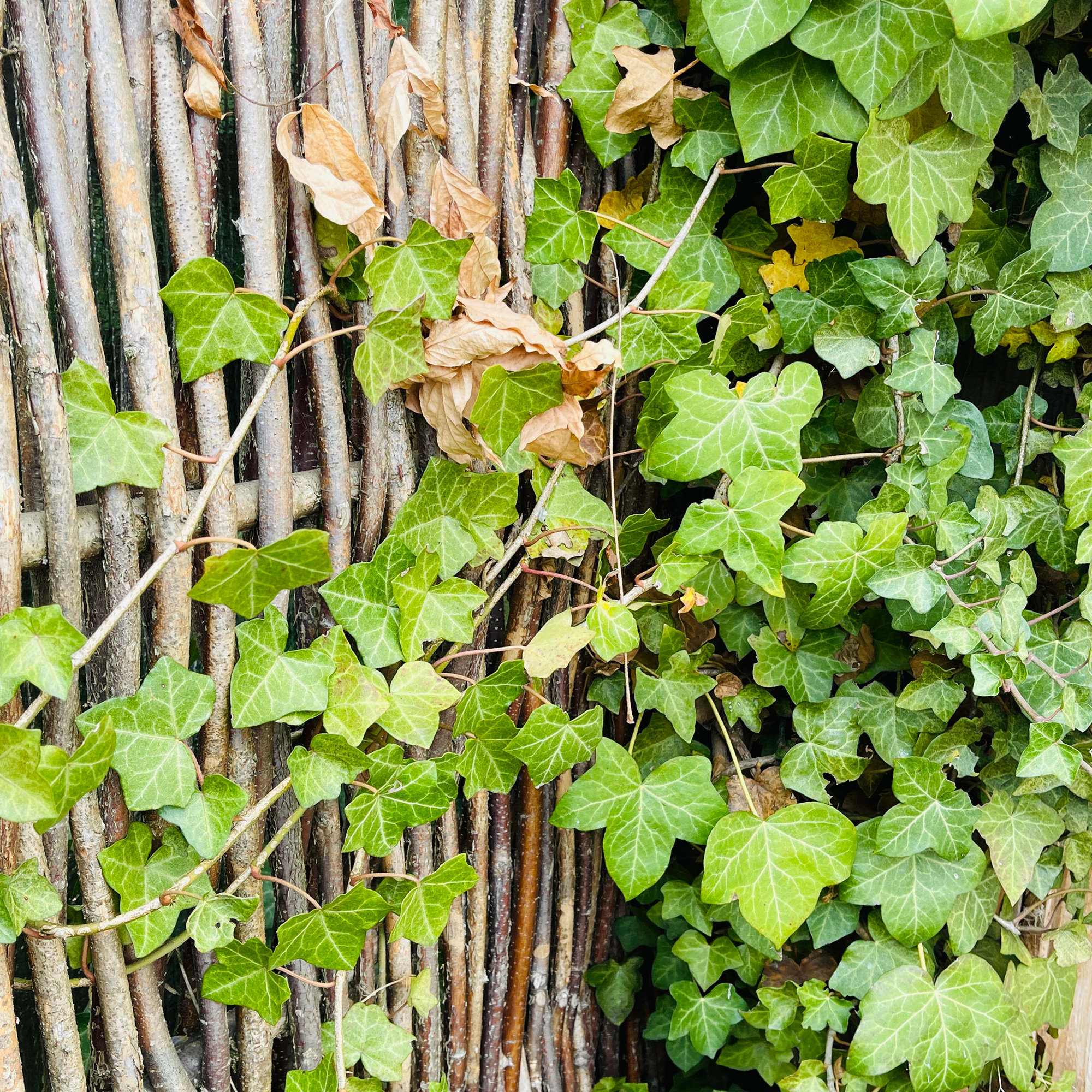
3. Remove the dead ivy
As the days go by, you should see the ivy change in appearance. What was once a healthy, invasive, self-clinging plant should become brown and wilted - and that will be your sign that the natural ivy killer has worked.
Then, your next step is to remove as much of the dead ivy from your fence as you can. It may be that the dead branches and leaves have become so weak that they simply fall off with just a gentle nudge, but in most cases, you’ll need to use pruning shears to cut them down.
At this point, focus solely on cutting the ivy down to just a few inches above ground level.
As Morris says, though, you need to be careful. ‘Ivy does cling very tightly to what it’s climbing up, so be mindful of how hard you pull to not damage the fence panels.’
And if the ivy is growing on your side of your neighbour’s fence, make sure you get the relevant permission to do this.
4. Dig up the roots
Ivy is one of the most resilient plants out there and can re-grow from even the smallest portion of a healthy plant. Because of this, it’s important to dig up the roots when you want to kill ivy on a fence.
‘Once everything has been removed, dig up the root, which can be big, heavy and a good workout! You’ll need a decent spade and some patience,' explains Morris.
A sturdy spade like this McGregor Carbon Steel Digging Spade from Argos will suit you perfectly, and this may be a two-man job if you’re dealing with a particularly old ivy plant.
Just make sure you don’t add the root ball to your compost heap, though.
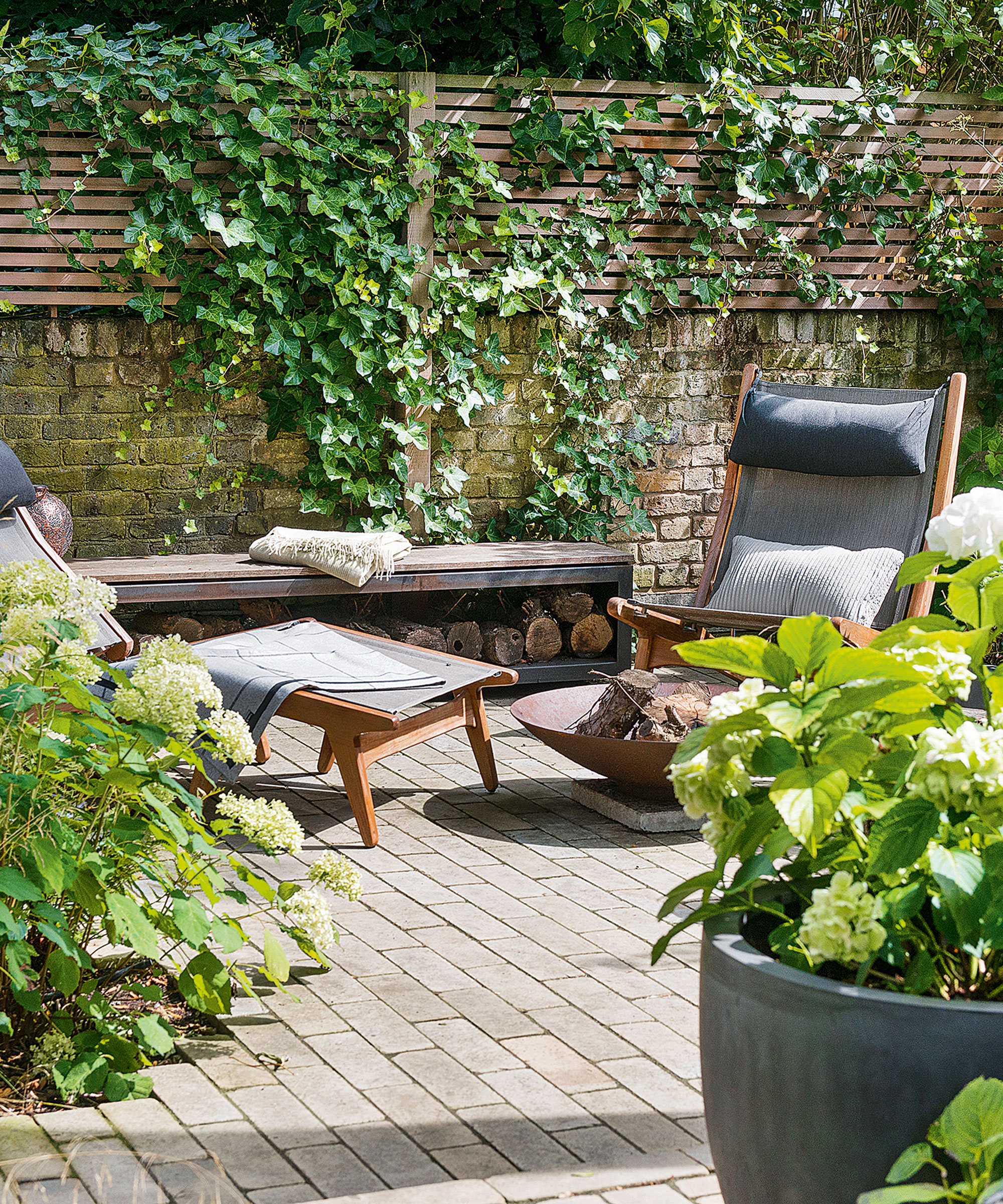
5. Dispose of the debris properly
As ivy is incredibly invasive, the last thing you want is to put it in your compost to potentially grow once more. Instead, you need to dispose of the debris properly.
Ideally, you should leave the root ball and branches on a weed-proof membrane (like this Heavy Duty Weed Control Fabric Membrane from B&Q) in the sun to dry out completely before disposing of them in your general waste bin.
If you’re worried that the root ball will sprout once more, another little spritz with the water and white vinegar solution wouldn’t go amiss.
You can just pop it straight in your general waste bin, though, if you don't have the space to dry it out.
FAQs
Will salt and boiling water kill ivy?
Yes, they will! As well as killing ivy on their own, salt and boiling water will also work together to kill ivy. You need to be careful when doing this, though.
If you want to use boiling water to kill ivy, you can simply pour a full kettle of boiling water over the base of the plant and down into the soil. However, if you pour a mixture of boiling water and salt into the soil, you will ruin the quality of the soil and potentially dehydrate other plants nearby.
Because of this, it’s best to localise where you put this salt and boiling water concoction. Ideally, you should spray the ivy with this mixture, but putting boiling water into a spray bottle is generally considered unsafe.
So, pour boiling water into the soil, then create a separate solution of warm water and salt in a spray bottle to spray onto the leaves.
Does lemon juice kill ivy roots?
Lemon juice does indeed kill ivy roots, but it will also kill surrounding plants if you’re not careful. That’s why you should only spray a mixture of lemon juice and water over the leaves - and not pour it into the soil itself.
When you’ve sprayed the leaves and the ivy tendrils, leave the lemon juice for a few days and reapply if necessary. Then, you should be able to cut or pull down the dead ivy before removing the root ball.
So, there you have it! Now you know how to kill ivy on a fence, you can restore your fences to their former glory.

Lauren Bradbury has been the Content Editor for the House Manual section since January 2025 but worked with the team as a freelancer for a year and a half before that. She graduated with a Bachelor’s degree in English and Creative Writing from the University of Chichester in 2016. Then, she dipped her toe into the world of content writing, primarily focusing on home content. After years of agency work, she decided to take the plunge and become a full-time freelancer for online publications, including Real Homes and Ideal Home, before taking on this permanent role. Now, she spends her days searching for the best decluttering and cleaning hacks and creating handy how-to guides for homeowners and renters alike, as well as testing vacuums as part of her role as the Ideal Home Certified Expert in Training on Vacuums, having spent over 110 hours testing different vacuum models to date!
